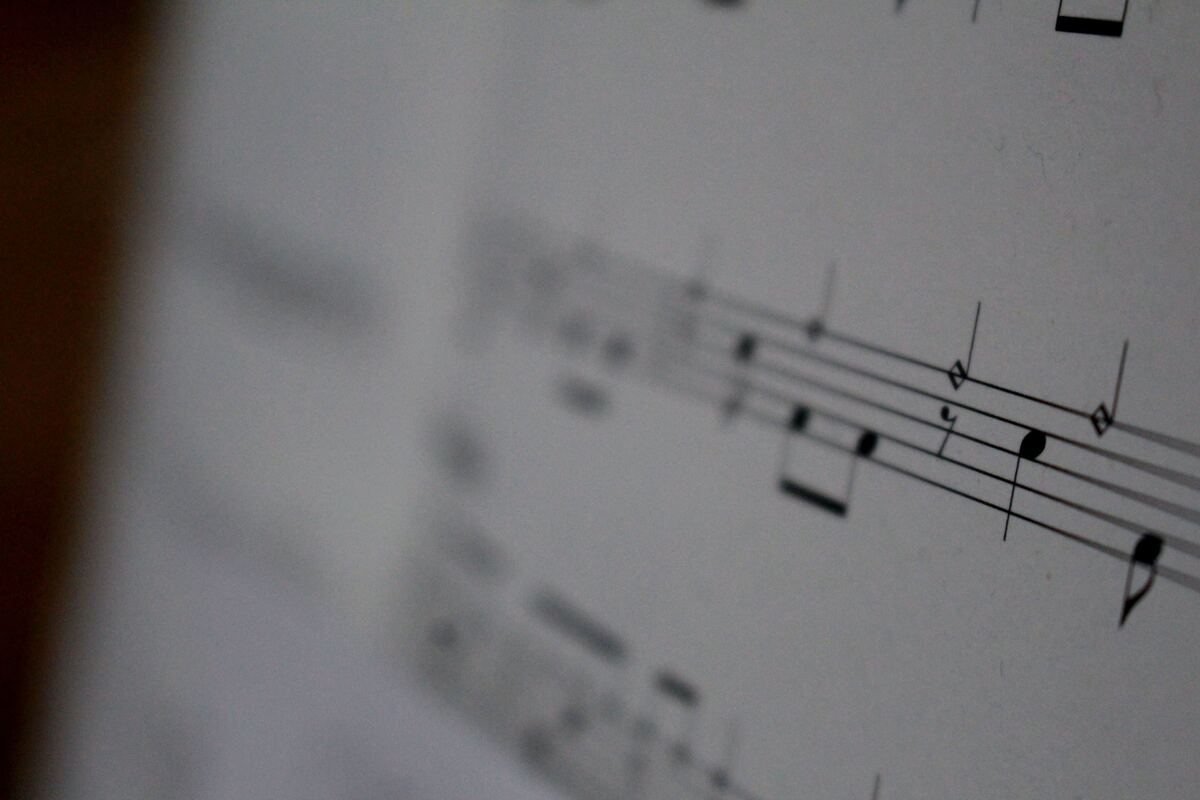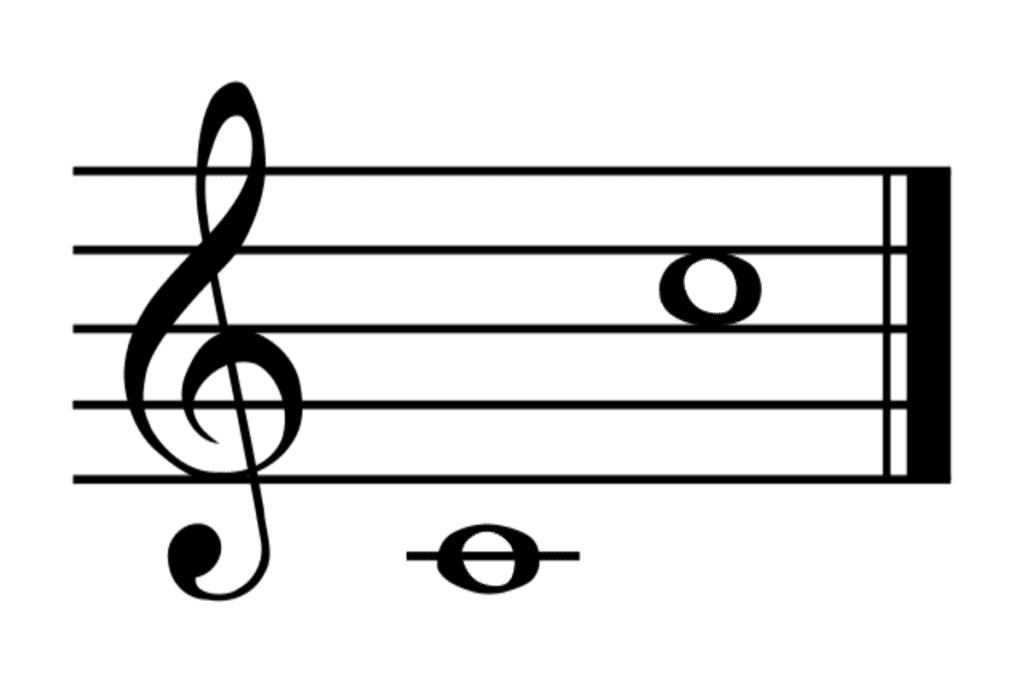Have you ever noticed how certain notes just seem to ‘click’ together like long-lost twins in a melody? Meet the octave, music’s secret weapon for harmony and cohesion. This isn’t some cryptic, high-brow music concept reserved for Beethoven or Bach; it’s as fundamental as salt in a kitchen, and you’ve been hearing it all your life. So buckle up, tap into your inner Mozart, and join us as we explore octaves in music.
What is an octave in music? An octave in music is the interval between one musical pitch and another with double its frequency, creating a unique relationship where the notes sound remarkably alike due to the frequency ratio being 2:1.
What is an octave in music?
An octave is the interval between one musical pitch and another with double its frequency. The term is derived from the Latin word “octava,” which means “eighth,” reflecting its status as the eighth note in a diatonic scale. An octave in music is like an echo of a note, but instead of getting softer, it keeps the same strength – it’s higher or lower.

AKAI Professional MPK Mini MK3

AKAI Professional MPK Mini MK3
How do you play an octave?
To give you an example, let’s grab a keyboard. Find a ‘C’ – it’s the white key just to the left of the pair of black keys. Now, count eight white keys, including the one you started on. What do you land on? Another ‘C’! That’s right, you’ve just hopped an octave. They’re the same note, but the second ‘C’ sounds higher.
To play an octave on a guitar, find a note on the E or A string, such as the 3rd fret G on the E string. Its octave is two strings down and two frets up, so the 5th fret is on the D string. For notes starting on the G string, the octave is two strings down and three frets up. Ensure you only hear the octave notes by muting other strings, typically with your index finger.
How is an octave divided?
In Western music, an octave is traditionally divided into 12 semitones (or half steps) on a chromatic scale. A semitone is the smallest interval in a tonal music system, and when you have 12 of these in sequence, you cover the span of an octave.

Now, within this structure of 12 semitones, there exist different scales that use a subset of these notes. The most common one is the diatonic scale, which consists of seven distinct pitches (like the white keys from one C to the next on a piano). This includes the major scale (think do-re-mi…) and the natural minor scale.
However, it’s important to note that not all music cultures divide the octave into 12 semitones. In Indian classical music, for example, the octave is divided into 22 shrutis or microtones. Other cultures have their unique divisions and scales, contributing to the rich diversity of music worldwide.
How do octaves influence the sound of music?
On its own, it might not seem like much, but when you play two notes an octave apart, they blend together so seamlessly that they almost sound like one note – but with more depth and richness.
Octaves are ubiquitous and crucial in music for various reasons:
- Harmony and Balance: Octaves sound extremely harmonious when played together. This is because our brains perceive these notes as essentially “the same,” creating a strong, balanced sound. Musicians often use this feature to add depth and fullness to their music.
- Transposition: Transposing a piece of music means changing its key. You can do this by moving all the notes up or down by an octave (or more). This allows the piece to remain essentially the same, but the pitch will be higher or lower.
- Range Extension: Instruments and voices have their specific ranges. If a particular note falls outside of an instrument’s range, musicians might play it an octave higher or lower. Singers also do this if a note is too high or too low for their vocal range.
- Melody and Counter-Melody: In compositions, the melody may be repeated in a higher or lower octave to create a counter-melody, adding interest and complexity to the piece.
- Chord Construction: Octaves are used in the construction of chords. For example, in a common triad chord, the root note can be doubled an octave higher or lower to add fullness to the chord.
Here’s a quick “Dos and Don’ts” table when dealing with octaves:
| Do | Don’t |
|---|---|
| Use octaves to create harmonies. | Assume all notes create the same harmony. |
| Experiment with different octave combinations. | Get stuck in the same octave pattern. |
| Understand the role of octaves in the musical scale. | Ignore the concept of octaves in music production. |
(Data Source: Music Theory and Composition Research, 2023)
If you want even more tips and insights, watch this video called “Music Theory – 01 – What is an OCTAVE” from the Sam Dhanasekaran YouTube channel.
Frequently asked questions (FAQ)
Do you still have questions about an octave in music? Below are some of the most commonly asked questions.
What is the role of octaves in harmony?
Octaves play a crucial role in harmony. They are the most consonant interval and are used to enrich and deepen musical textures. Often, melody lines are doubled at the octave to add fullness to the sound.
What is a ‘chromatic octave’?
A ‘chromatic octave’ in Western music is an octave divided into 12 equally spaced pitches. These pitches include all the notes from a specific note up to the note one octave higher, including both the natural notes (A, B, C, D, E, F, G) and the sharps/flats.
What happens if I use too many octaves in my music?
Just like too much of a good thing can be a bad thing, overusing octaves can lead to music that sounds monotonous or lacks complexity. But don’t worry – as long as you balance your use of octaves with other intervals; you’ll be golden.
Conclusion
Alright, music maestros, it’s time to wrap up our deep dive into the world of octaves. So, did we hit the right note? Go ahead, and drop your thoughts and questions below. I read and reply to every comment. If you found this article helpful, don’t keep it to yourself – share the love and spread the word! For more sound advice and tips on music production, check out the rest of my blog.
Key Takeaways
This article covered the concept of an octave in music production. Here are some key takeaways:
- An octave is the interval between one musical note and another with double or half its frequency.
- Octaves play a significant role in music theory and are crucial for understanding musical scales.
- Using octaves in music production can enhance the depth and richness of your tunes.
- Different genres of music utilize octaves in unique ways, from harmonizing melodies in classical music to building energy in electronic tracks.
- Like any tool, octaves have their pros and cons. They can make your music sound fuller, but overuse can lead to monotony.
- Understanding and experimenting with octaves can help you create more complex and engaging music.















